A thunderstorm is a natural phenomenon that we can’t avoid. It can bring a lot of rain and strong winds, but it can also bring some unexpected visitors – pests. Heavy rainfall, flooding, and high winds can create the perfect environment for pests to move in and infest your home or business. Here are some common pest problems you might face after a thunderstorm that can make you ask for help from a pest control professional:
Rodents: Rodents are also drawn to the area after a thunderstorm. Rain can damage rodents’ natural habitats, forcing them out and onto your property. As a professional rat exterminator claims,rats can also be drawn to the moisture and food sources available after a storm.
Mosquitoes: Mosquito populations boom after every rain because female mosquitoes lay eggs in standing water. The eggs of mosquitoes can remain viable for many years after they are laid. This is why standing water after a thunderstorm can cause an influx of mosquitoes in your area.
Cockroaches: You might see a roach in your house when it rains simply because they don’t want to get washed away. Millions of cockroaches live around our sewer systems and other wet areas, and the presence of water after a storm can cause them to seek shelter in your home.
Ants: Ants are afraid of drowning, so they will look for shelter when it rains. Ants thrive in wet weather, and the presence of moisture after a thunderstorm can cause them to begin nesting near your property. This is why you’ll often find ants swarming around your windows and door frames after a storm. Ants will also nest near food and water sources, so they might start setting up shop in your kitchen or pantry.
Termites: Termite colonies live in soil, and a thunderstorm can make the ground moister and easier for them to burrow into your house. They often look for wood or paper products they use as food, so if your home has these, termites will likely be drawn to them after a storm.
Wasps: Wasps can be a problem for homeowners, especially when their nests are damaged or destroyed. Flooding can also force them out of their nest, and floods can damage them more than you may think. The wasp’s instinct is to find somewhere new where they might build up another population and create more problems with pesky insects coming out in droves. Like other pests, wasps are attracted to the moisture and food sources available after a thunderstorm.
Ticks: After thunderstorms, ticks often seek out moist environments to survive. The humidity created by heavy rainfall can cause them to come out of hiding and spread disease. Ticks can be found on the ground or in bushes and come into contact with your pets when they approach closely enough during high humidity after rainstorms.
How to Prevent Pest Problems After a Thunderstorm
Aside from repairing the damage caused by a storm to your house, preventing pest infestation is also an important part of storm damage prevention. Here are some tips to help you prevent pest problems after a thunderstorm:
– Make sure to clean all your drains and gutters regularly to avoid standing water.
– Clear away leaves and debris from around the perimeter of your home or business building.
– Put screens over vents and windows to stop insects from entering.
– Seal up any cracks in the exterior of your house or building that pests can use as entry points.
– Place outdoor garbage cans away from your home or business.
– Use natural repellents such as citrus oils and peppermint oil to deter pests from entering your home.
Following these tips can help you prevent a pest infestation after a thunderstorm. If you find pests have invaded your home or business, contact a licensed pest control professional to eliminate them as soon as possible. In addition, they can offer advice on how to prevent further problems in the future. By taking preventive steps and getting professional help when needed, you can protect your home or business from pest infestation after a storm.
Conclusion:
Small pests and insects often have internal barometers that can detect pressure drops caused by storms.
For example, some underground bugs will burrow back into the ground to avoid flooding. In contrast, others may stay outside to enjoy increased humidity levels because of these natural disasters!
The aftermath of thunderstorms can be devastating – but not just for humans. Pests can also be affected, and their increased presence in your home or business can cause many problems.
Knowing what kind of pests to expect and how to prevent them from invading your property is key to ensuring you don’t experience any unpleasant surprises after a thunderstorm.
By taking proactive steps such as cleaning gutters, sealing cracks, and using natural repellents, you can make sure that your home or business is not a breeding ground for pests after the next storm.
With the right measures in place, you can protect yourself from pest problems and get back to enjoying life without worrying about pesky insects.

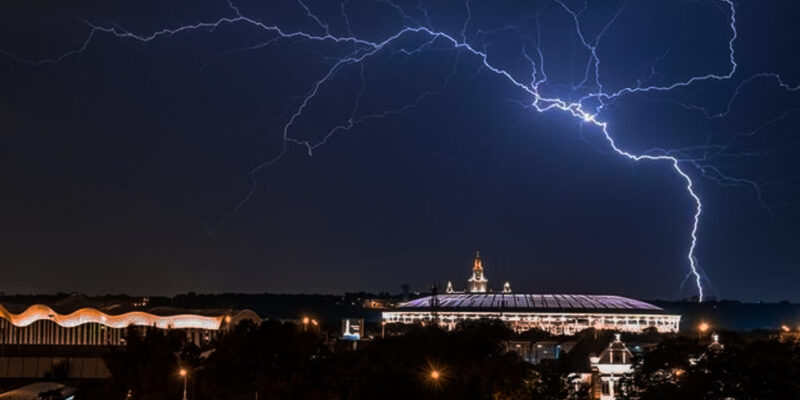
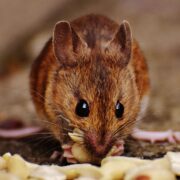
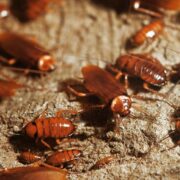
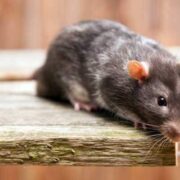
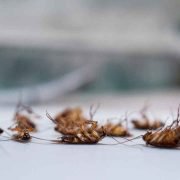
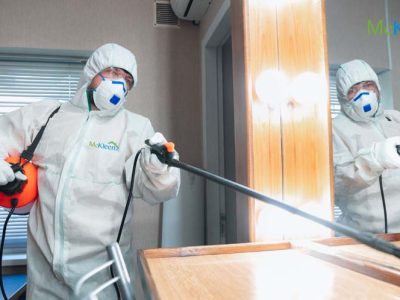

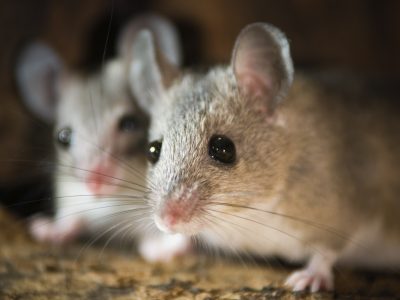
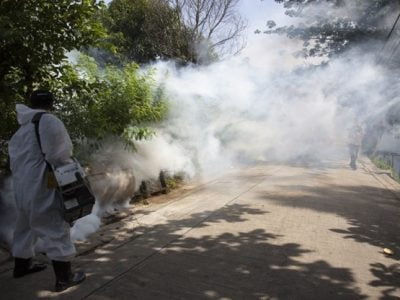




Comments